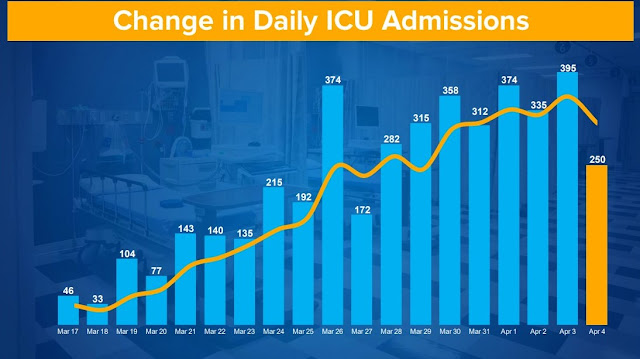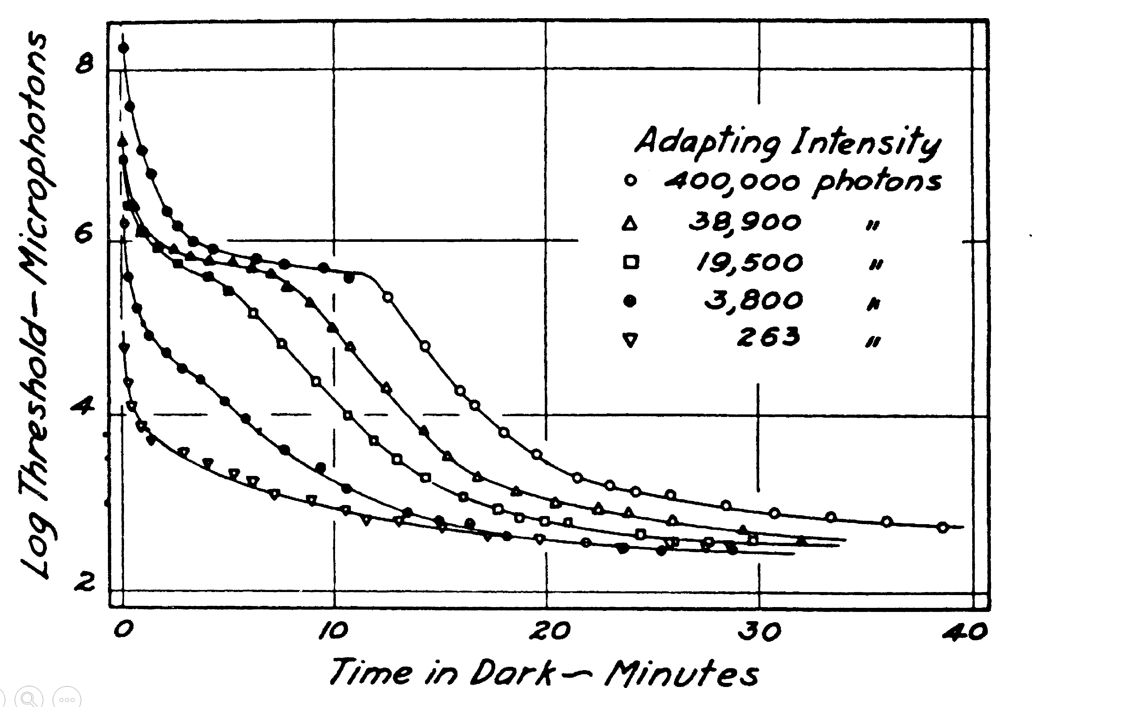Steve Haase and I have been studying the difficult scientific topic of unconscious perceptual processing for over 20 years. Many experimental psychologists are of the opinion that perception must be largely unconscious, yet efforts to divide consciousness and isolate unconscious processing have often been inconclusive.
A key methodological issue is how to separately measure awareness and perception. The standard approach is to use two different tasks, but using two tasks may create interpretational problems. In this work, we attempted a single-task approach. It was hypothesized that overall lexical decision response times would be sensitive to prime awareness, whereas response time differences on incongruent vs. congruent trials would provide evidence of perceptual processing. The results were mixed between the two experiments, with only the first experiment offering clear support for the single task hypothesis.
The second hypothesis is that prime words or nonwords would produce nonassociative priming effects on lexical decisions (word vs. nonwords) for the target stimuli. In other words, trials with prime-target matches (word - WORD or nonword - NONWORD) would show facilitation. Both experiments showed strong stimulus congruency effects, thereby supporting nonassociative priming.
After several rejections, we have decided to publish this work online without peer endorsement. The public availability of this document will promote open science and transparency. Perhaps this effort may be useful to other investigators in this field.
The manuscript, a statement, and supporting data are available at the following web site: https://osf.io/62yf3/
Abstract: Most studies of unconscious perception are based upon two tasks for separately assessing perception and awareness, which may create an interpretational problem. The present experiments were performed to test the possibility that lexical decision priming might show evidence of both perception and awareness in a single task. A randomly chosen word or nonword prime stimulus was briefly displayed (17 to 100 ms), then immediately followed by a randomly chosen word or nonword target for the lexical decision task (word vs. nonword discrimination). Experiment 1 nonwords had only consonant letters (no vowels – impossible nonwords), whereas Experiment 2 nonwords had consonant – vowel patterns (word-like nonwords). A response congruency effect was obtained in both experiments. Strong evidence of a processing delay caused by conscious awareness of the prime stimulus (longer overall response times) was not obtained for the long prime duration conditions. Nonassociative congruency effects may provide some methodological advantages over classical masked semantic priming, especially when the word and nonword stimuli are dissimilar.







